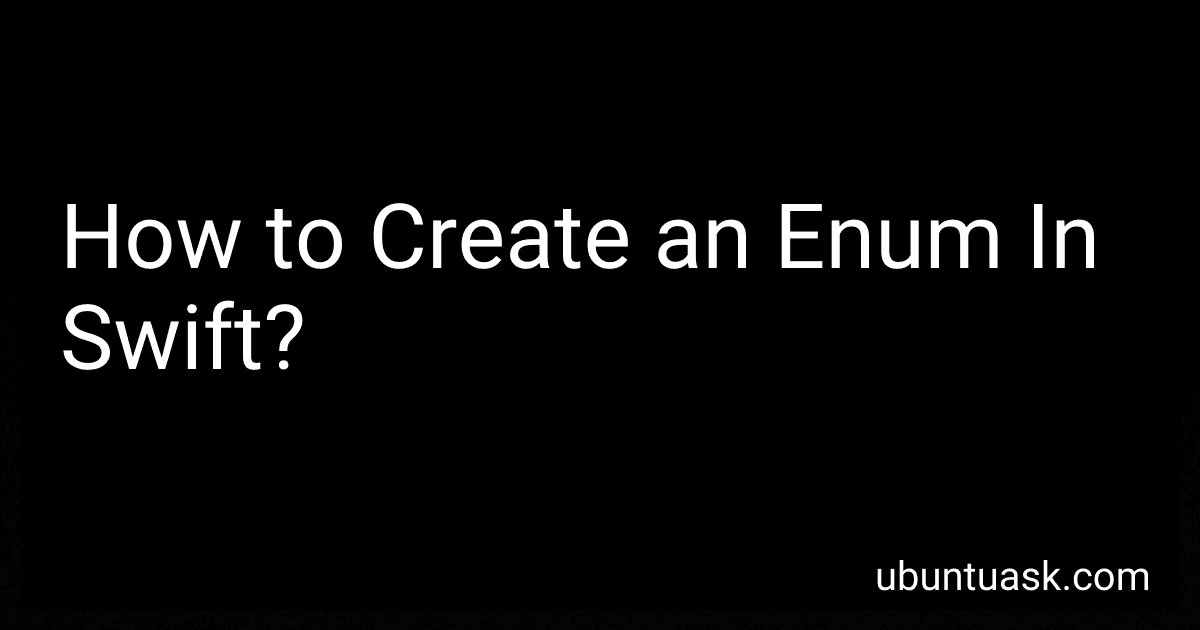Best Swift Programming Guides to Buy in December 2025
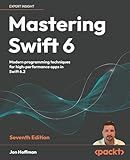
Mastering Swift 6: Modern programming techniques for high-performance apps in Swift 6.2


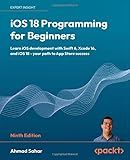
iOS 18 Programming for Beginners: Learn iOS development with Swift 6, Xcode 16, and iOS 18 - your path to App Store success


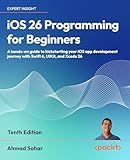
iOS 26 Programming for Beginners: A hands-on guide to kickstarting your iOS app development journey with Swift 6, UIKit, and Xcode 26


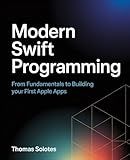
Modern Swift Programming: From Fundamentals to Building Your First Apple Apps


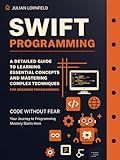
Swift Programming: A Detailed Guide to Learning Essential Concepts and Mastering Complex Techniques


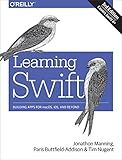
Learning Swift: Building Apps for macOS, iOS, and Beyond


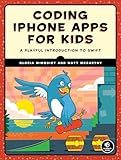
Coding iPhone Apps for Kids: A Playful Introduction to Swift


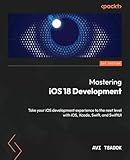
Mastering iOS 18 Development: Take your iOS development experience to the next level with iOS, Xcode, Swift, and SwiftUI


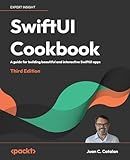
SwiftUI Cookbook: A guide for building beautiful and interactive SwiftUI apps


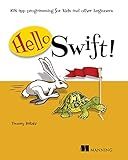
Hello Swift!: iOS app programming for kids and other beginners


To create an enum in Swift, you start by using the "enum" keyword followed by the name of the enum. Inside the curly braces, you list out the different cases or values that the enum can take on. Each case is separated by a comma. Enums in Swift can also have associated values or raw values assigned to each case.
For example, you can create an enum called "Direction" with cases for different directions like north, south, east, and west. Each case can also have an associated value like an integer or string. Enums are a powerful way to define a set of related values in a type-safe manner in Swift.
How to use enum with switch statement in Swift?
In Swift, enums are great for creating a set of related values. You can use enums with switch statements to handle different cases based on the enum value. Here's an example of how you can use enum with switch statement in Swift:
enum Direction { case north case south case east case west }
let direction = Direction.north
switch direction { case .north: print("You are heading north") case .south: print("You are heading south") case .east: print("You are heading east") case .west: print("You are heading west") }
In this example, we define an enum Direction with four cases: north, south, east, and west. We then create a variable direction with a value of Direction.north.
We use a switch statement to handle different cases based on the enum value. The case .north checks if the value of direction is .north and prints "You are heading north". Similarly, other cases check for different enum values and print appropriate messages.
This is a simple example, but you can use enums with switch statements to handle more complex logic based on different enum values.
How to use enum with functions in Swift?
You can use enums with functions in Swift by defining the enum with associated values that represent different cases and then using a switch statement to execute different functions based on the enum case. Here's an example:
// Define an enum with associated values representing different cases enum Calculation { case add(Int, Int) case subtract(Int, Int) case multiply(Int, Int) case divide(Int, Int)
// Define a function to perform the calculation based on the enum case
func calculate() -> Int {
switch self {
case .add(let a, let b):
return a + b
case .subtract(let a, let b):
return a - b
case .multiply(let a, let b):
return a \* b
case .divide(let a, let b):
return a / b
}
}
}
// Use the enum with functions let addResult = Calculation.add(5, 3).calculate() print(addResult) // Output: 8
let subtractResult = Calculation.subtract(10, 7).calculate() print(subtractResult) // Output: 3
let multiplyResult = Calculation.multiply(4, 6).calculate() print(multiplyResult) // Output: 24
let divideResult = Calculation.divide(20, 5).calculate() print(divideResult) // Output: 4
In this example, we defined an enum Calculation with cases representing different arithmetic operations (add, subtract, multiply, divide) and defined a function calculate to perform the calculation based on the enum case. We then used the enum with functions to perform different calculations based on the enum case.
What is the use of the static keyword in enum methods in Swift?
In Swift, the static keyword in enum methods is used to declare a method as a type method, which means it belongs to the enum type itself rather than to an instance of the enum. This means that you can call the method directly on the enum type, without needing to create an instance of the enum first.
For example, consider an enum called Color with a static method called getColorName:
enum Color { case red case green case blue
static func getColorName(color: Color) -> String {
switch color {
case .red:
return "Red"
case .green:
return "Green"
case .blue:
return "Blue"
}
}
}
let color = Color.red let colorName = Color.getColorName(color: color) print(colorName) // Output: "Red"
In this example, the getColorName method is declared as static, allowing you to call it directly on the Color enum type without creating an instance of Color.
